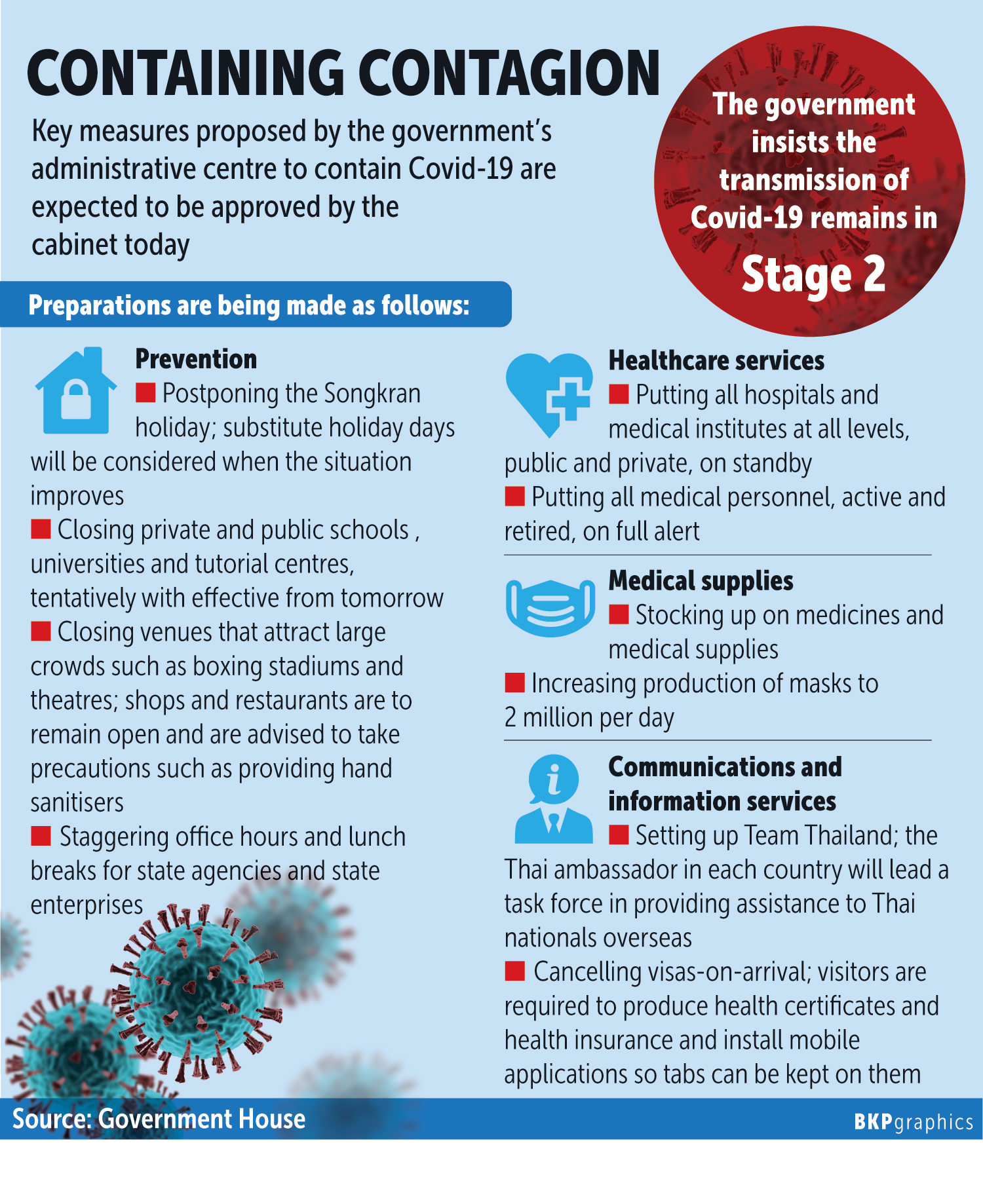Relevance: Sociology: Challenges of Social Transformation: Crisis of development: displacement, environmental problems and sustainability.

Nearly half a year into the novel coronavirus disease (COVID-19) pandemic and the spread of the malaise is still picking up steam. Health systems across the globe are engaging in a culmination of experiments to conquer the pandemic. Experts are trying to systemise the circumstances to be able to strategise action plans for diverse countries.
India is currently under the cluster of cases category in the Coronavirus Disease (COVID-19) Situation Reports by the World Health Organization (WHO). The exponential increments in the daily cases seem to indicate a deluded acceptance of the transmission status.
Community transmission means that the epidemic has become so across-the-board that it becomes arduous to establish the chain of infection. Determining the chain of infections is instrumental to the containment strategy for the policymakers. Contact-tracing, identification, testing and isolation of suspected cases are all heavily dependent on establishing this chain.
It is noteworthy that total cases per million and total deaths per million in India are quite low as compared to the other nations, which have equal or higher numbers of cases such as the United States, Brazil, Russia, South Africa and Peru. However, experts have often cited the deficient testing rate in India as a limitation.

The rate of increase in both, the average number of cases and the average number of deaths, is the highest in India among all Asian nations. While neighbouring countries like Pakistan and Afghanistan have bent the curve and Bangladesh has flattened it, the COVID-19 curve of India is rising exponentially. Indonesia was the first country among southeast Asian nations to announce community transmission.
The action plans and strategies are dependent on the stage of transmission in a country. While contact-tracing can be a useful strategy in a country where the disease is concentrated in small areas or clusters, the same might not be plausible for countries having exponential increments in cases, with no regard to geographical boundaries.
Plotting the severity of COVID-19 (confirmed cases per million population) of 104 countries on the dates of announcing community transmission on a chart, shows the early, timely and late declaration of cases in various timeline segments, categorized by 33rd and 67th percentile values.
Further, we added the current cases per million population of India by its states / Union territories and districts into the chart in order to conduct a comparative analysis of India’s current severity with the then severity of 104 countries when they had declared community transmission.
The confirmed cases per million population are plotted against the daily growth rate of confirmed cases to present a comprehensive picture. The growth rate of the confirmed caseload is the daily average computed for the last one week for the countries and two weeks for India and its states / Union territories and districts.

The green bubble shows the cases on the date a country announced community transmission and other bubbles depict cases per million in India, states, and districts (orange, red, blue, respectively). The bigger bubble characterises more number of cases, per million population.
For Indian states and districts, the cases are according to the latest estimates, ie, July 22, 2020. It is evident from the scatter plot that India has more number of cases than all the other countries that have already declared community transmission.
The first category (early declaration of community transition) is the first 33 percentiles; it has the countries that declared community transmission when there were very low per million caseloads like Indonesia, Kenya, Algeria and the Democratic Republic of Congo.
Similarly, the last category is the 67th percentile and above; it consists of countries that declared community transmission when the cases per million population were too high. This delay in admitting to community transmission had severe ramifications for the nations as the caseload increased tremendously.
Looking at the global trends of experiencing and declaring the transmission status, India already seems to have joined the countries that are in the community transmission stage, but there are no official announcements. Analysis entails that India is at the brink of a timely declaration of community transition.
Most of the districts of India are in the middle zone (say, early declaration of community transition), which indicates that the cases are increasing rapidly and India, as a whole, is at the threshold of the upper zone.
States like Maharashtra, Delhi, Tamil Nadu and Karnataka are already in the upper zone, ie, late declaration of community transition. Almost all the states and Union territories have crossed the early declaration stage of community transmission. However, a number of districts are still in this phase.
The concurrence or proximity of different coloured bubbles represents similarities between Indian states or districts and countries in terms of COVID-19 spread. The districts of Ahmedabad and Mumbai coincide with Italy and Luxembourg, respectively. These countries exhibited a high prevalence of COVID-19 and stalled the detection of community transmission; similar is speculative of the respective Indian districts.
The choropleth map reverberates the intra-country severity on the matter. It is evident that while most of the districts are still in the cluster of cases category, a category corresponding to the timely declaration of COVID-19 community transmission, it is imperative to acknowledge the fact that community transmission, in India, is on edge.
A couple of districts in Delhi, Maharashtra, Kerala, Tamil Nadu and Andhra Pradesh are already in the late stage of the declaration of community transmission.
Our analysis is a kind of indirect classification of the epidemiological stages of the current pandemic. The results reiterate the importance of establishing a proper database for timely collection and registration of coronavirus cases.
Besides the fact these efforts aid policy-making, it will also enable detailed analyses and, ultimately, better interpretation of the situation. There are several hurdles in the existing context as there is no proper government-backed reliable data for COVID-19 and related information.
As India has missed the opportunity of timely declaration of community transmission, society requires a comprehensive, effective and sustainable action plan to contain the virus. The measures involve limiting mobility, testing, isolating and providing clinical care.
A group of experts disseminates the informatio and countries or other administrative units utilise generalised operational steps. It is very crucial to assess the correct status of a country to be able to implement the proper measures.
The current situation in India points towards an imminent flaw in data availability too. There are irrefutable gaps in contact-tracing and a lack of an effective surveillance system. The fallacies in data and lack of information seem to have created a bubble for the country.
The efforts in contact-tracing will go in vain if the country is already experiencing community transmission. There is a need to direct these efforts in mindfully limiting the contact between people and reducing the negative impact on socially and economically disadvantaged groups.
While the public health measures such as lockdowns, contact-tracing and testing might seem similar, yet each country needs to tailor these to balance the demands of diversified nature. A country like India needs to implement measures considering the capacity of the health system as well as avoiding disproportionate adversities for the vulnerable groups.
Thus, it is high time the government recognises the perils of not timely identifying community transmission and acting accordingly. It is also noteworthy that in order to aid policy making and take charge of the existing situation, data-driven efforts should be maneuvered towards identifying existing challenges before we find ourselves standing in line with nations like France and Germany.
For more such notes, Articles, News & Views Join our Telegram Channel.
Click the link below to see the details about the UPSC –Civils courses offered by Triumph IAS. https://triumphias.com/pages-all-courses.php

